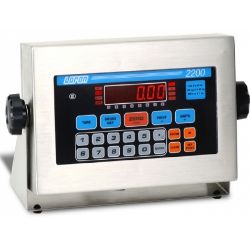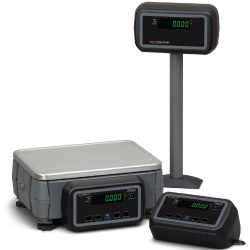The argument about which is better, solid-state relays (SSRs) or electromechanical relays (EMRs), has raged on for many years. The answer is actually neither, as each relay type has positive and negative aspects. But if you factor in specific application requirements, clear winners emerge.
Actually, SSRs aren’t relays at all, but rather electronic circuits. The control inputs are connected internally to an LED, which shines across an air gap to light sensors. The light sensor is connected to the transistors which open or close, supplying the relay’s load with power. When a transistor is closed, current can flow freely through the relay, causing the load and power supply to be connected. When a transistor is open, almost all current is blocked, causing the load to become disconnected from the power supply. The pairing of an LED with light sensors is called an opto-coupler, and is a common technique to link two parts of a circuit without a direct electrical connection.
Mechanical relays use an electromagnetic coil to open or close the circuit. When current runs through the input and energizes the coil, it creates a small magnetic field which either pulls the arm of the switch away from the other contact of the switch, or pushes it down to close the switch depending on the how the switch is made. A relay also serves as an isolator, because the control (input) and load (output) ends of the relay are not electrically connected. This allows you to protect the device you’re using to control the relay from power surges in your application.
Ok then, when should you use each type?
Whether to use an EMR or SSR depends on a number of factors such as the application’s environment, electrical requirements, and cost or budget.
Use SSR for:
• Applications requiring high speed and frequent switching operations.
• Applications in high vibration environments.
• Application where the relay has to be located near sensitive automation components, such as PLC’s, HMIs, and temperature controllers.
• Applications in dusty or humid environments.
• Applications in hazardous locations (presence of fumes or gases)
Use EMR for:
• Applications requiring a wide output range from the relay.
• Applications using motors & transformers requiring high starting amps.
• Applications where the initial installation budget is very limited.
• Applications prone to current surges and voltage spikes.
EMR or SSR… we have choices for you. Our Doran Scale lineup of products offers both types of relays in the Internal Relay option (Part# EXOPT106) and the External Relay Option (Part# EXOPT107).


